August 9, 2018
Connecting Human Resources to Your Organization’s Safety Strategy
In some of my client work, it quickly becomes apparent how well, if at all, the Human Resources (HR) function is connected to the overall safety management strategy for the organization. Too often the two are not well connected. It’s rarely an issue of motivation in my experience, but more so an issue of capability: HR professionals don’t understand how to get involved or with what to get involved.
Let’s first look at the ‘how’ of engagement. If the organization’s leadership team is strategically governing the safety improvement agenda, HR needs to be a key part of that effort. As discussed in the book “7 Insights into Safety Leadership”, written by my colleagues Thomas Krause and Kristen Bell, organizational functioning improves when the organization gets safety right. When employees conclude that the organization and management really care about them, they will typically care more about the organization and often give more of their discretionary effort to help the organization succeed. Further, HR leadership has an obligation to ensure its team members get home safely to their families. To help fulfill this obligation, implementing safety improvement initiatives in the HR department is a very important step toward creating the desired involvement and inclusion.
Second – with what does HR get involved? Although I’ve seen examples of HR leading very technical safety improvement projects, since they are often great facilitators and project managers, I think the best contribution HR can make is to help the organization build a stronger psychological safety environment. What do I mean by psychological safety? Often, others in EHS and operations are working on improving the physical safety of employees. HR’s role is about creating a work environment with an atmosphere of openness, trust and learning. More specifically, it’s about creating an atmosphere where:
- All employees feel free to share their mistakes because it helps the organization learn and grow.
- All employees feel free to speak the truth up, down and across the organization without fear – all day and every day.
- All employees feel safe from bullying, ridicule and workplace violence.
Achieving and sustaining these outcomes is a significant challenge in most organizations. There are a number of HR related policies and procedures that have significant influence on creating this kind of atmosphere. Examples include:
- Incident and near miss investigations – ensuring the organization has a “systems view” of incident causes is critical. If the primary focus of incident reviews is to identify who was at fault (singular view), this will be a strong barrier to creating an open and honest atmosphere. Further, if a significant ratio of safety related corrective action (discipline) is administered post incident, injuries and incidents will be under-reported. HR leadership needs to help the organization see the employee as the solution, not the problem, in addressing safety.
- Reward and Recognition systems – how well the organizations align these programs with creating this kind of atmosphere is key.
- Career development – it should be clear to employees that one of the ways you can grow your career is to be a leader in creating an open and transparent atmosphere.
Another key opportunity for HR is to partner with the EHS function to build stronger safety leadership capability. Far too often I see stakeholders from both functions trying to move the organizational capability in similar directions but not work together to do it. Our experience is that building overall leadership capability is best done by starting with creating stronger safety leadership capability more specifically. Once leaders use these specific capabilities to lead safety improvement first, those same capabilities generalize and can be used to improve quality and productivity. HR can help ensure new concepts are built into leader job descriptions, performance goals, and reward programs. This helps take conceptual understanding to the behavioral level. HR folks are also typically good coaches, so providing ongoing coaching after the training workshops is an important contribution HR can make to help sustain the new leader behaviors.
Krause Bell Group can help your organization with these ideas and suggestions. Transform all of your business results by getting safety right first. Contact us to explore how we can help.


